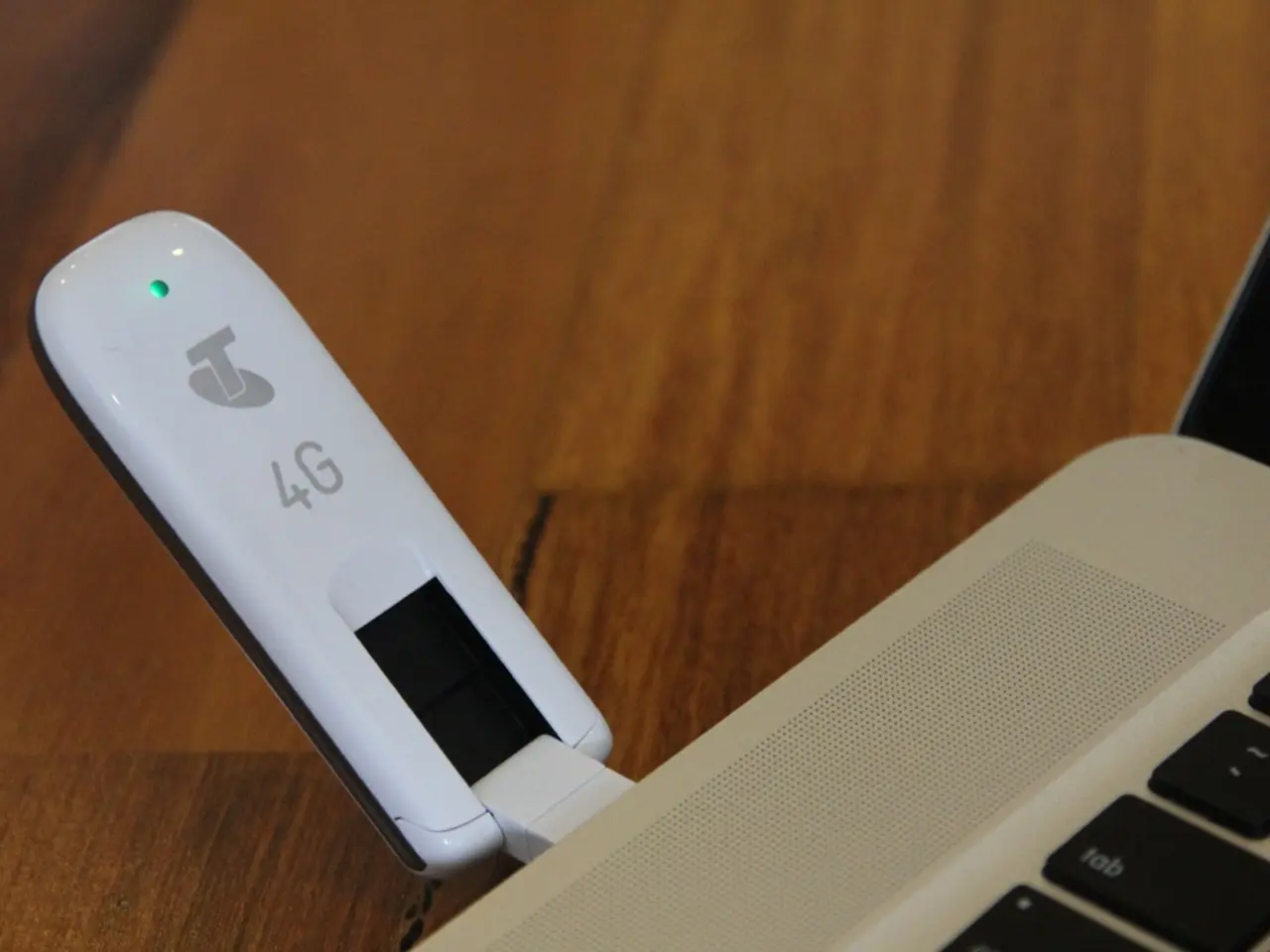USB-C connector under scrutiny for potential hindrance of technological advancements?
The European Union's legislation, passed in 2022, aims to reduce electronic waste and save consumers money on unnecessary chargers by standardising USB-C ports for most electronic devices, including phones, headphones, and portable navigation systems, among others[1]. The law, which applies only to Europe, does not inhibit innovation worldwide.
The mandate, however, does impose restrictions on charging port designs, limiting manufacturers from using proprietary charging ports. This move could potentially restrict some design freedom, but it also presents opportunities for innovation within the constraints of USB-C.
One example of innovation within the USB-C framework is the 2-in-1 USB-C cable introduced by OnePlus. This cable charges multiple devices simultaneously and supports an ecosystem strategy by linking their watch, phone, and other devices[1].
On the other hand, Apple's response to the mandate illustrates potential friction. Apple has complied with USB-C for iPhone 15 and 16 but seems to be exploring a fully wireless-charging iPhone 17 Air that eliminates physical charging ports altogether[2][3]. Apple's move to enhance MagSafe with Qi2 wireless charging is a strategic effort to circumvent the USB-C mandate, potentially signaling that the mandate could push certain innovations (like wireless charging) but also complicate traditional port-based innovation[2][3].
The mandate may constrain certain specific port designs while stimulating innovation in charging methods, ecosystem strategies, and wireless technologies. It does not necessarily stifle innovation overall. Instead, it shifts innovation toward developing advanced charging accessories and integrated ecosystems within USB-C specifications (like OnePlus's example) and accelerating wireless charging technologies as an alternative to physical ports (as shown by Apple's move towards wireless charging).
It is important to note that the USB standard for data will continue to evolve independently. The legislation does not cover data transfer, allowing manufacturers to adopt new data connectors. Moreover, the imposition of USB-C does not ensure cable compatibility across various standards. Even with a device featuring a USB-C port paired with a charger or another device having compatible specs, performance can still suffer due to the cable.
The legislation, if fully implemented, concerns only wired charging while wireless charging continues to evolve without constraints. The law has drawn criticism from certain tech giants who were forced to abandon their proprietary connectors, but the overall impact is nuanced rather than solely negative. The USB-C mandate may pose challenges to innovation, but it also presents opportunities for advancements in charging technologies and ecosystem strategies.
References: [1] The Verge. (2022, November 10). EU mandates USB-C for phones, tablets, and more starting in 2024. Retrieved December 1, 2022, from https://www.theverge.com/2022/11/10/23458398/eu-usb-c-charger-mandate-phones-tablets-laptops-cable-rule
[2] The Verge. (2022, October 21). Apple's iPhone 15 could support USB-C charging. Retrieved December 1, 2022, from https://www.theverge.com/2022/10/21/23425543/apple-iphone-15-usb-c-charging-port-rumor
[3] The Verge. (2022, November 16). iPhone 17 could be Apple's first wireless charging phone. Retrieved December 1, 2022, from https://www.theverge.com/2022/11/16/23461866/apple-iphone-17-wireless-charging-rumor-magsafe
TheUSB-C mandate, although limiting proprietary charging ports, provides an opportunity for innovation within the constraints of USB-C, as demonstrated by OnePlus's introduction of a 2-in-1 USB-C cable that charges multiple devices simultaneously. Apple's response to the mandate, with plans for a wireless-charging iPhone 17 Air, also signifies innovation in charging methods as a potential circumvention of the USB-C rule.




